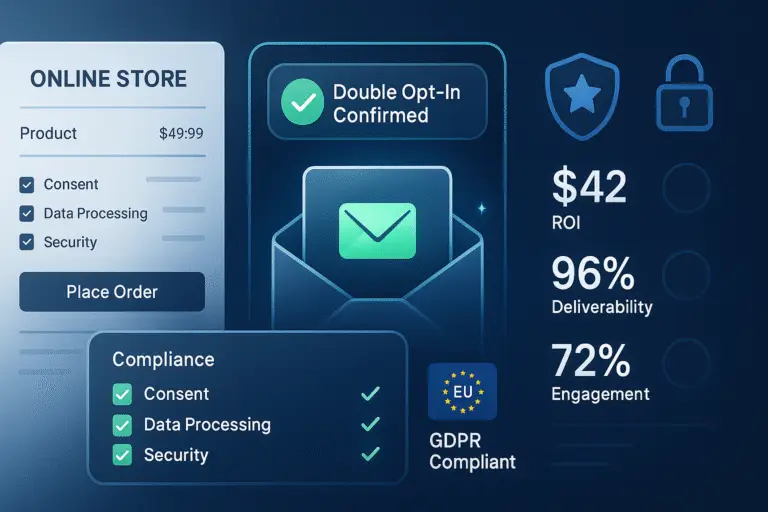Managing remote teams has evolved from a niche work arrangement to a business necessity, with the shift introducing unique management challenges that leaders must navigate daily. As remote work becomes normalized globally, understanding how to manage remote teams effectively is critical for organizational success, requiring specialized communication tools, thoughtful management approaches, and strategic implementation of the best remote work software.
We’ll cover the following areas:
- Communication barriers and solutions for distributed teams
- Effective strategies for building trust without in-person interaction
- Remote productivity measurement challenges and data-driven approaches
- Preventing employee isolation and fostering team cohesion
- Best remote team communication tools and technology solutions for 2025
Communication Barriers in Remote Environments
Communication remains the most significant challenge when managing distributed teams. Without face-to-face interaction, messages can be misinterpreted, tone can be lost, and important details might fall through the cracks. Studies from Stanford University show that video conferencing fatigue is real, with 13.8% of remote workers reporting high exhaustion from constant virtual meetings.
The absence of casual office interactions creates a communication gap that requires deliberate strategies to bridge. I’ve found that establishing clear communication protocols is essential, including:
- Designated channels for different communication purposes
- Scheduled check-ins with consistent formats
- Documentation standards for project knowledge
- Response time expectations based on message urgency
Asynchronous Communication Strategies
For globally distributed teams, synchronous communication often proves impossible. Best asynchronous communication tools for remote teams have become essential for collaboration across time zones. These tools allow team members to contribute on their schedule while maintaining project momentum.
Effective asynchronous communication requires detailed context in every message. I encourage my teams to include background information, clear requests, and realistic deadlines in every communication. This approach reduces back-and-forth clarifications and empowers team members to make decisions independently.
Building Trust in Virtual Environments
Trust forms the foundation of any successful team, but it’s particularly challenging to develop in remote settings. Without physical proximity, traditional trust-building mechanisms aren’t available. According to Gallup research, only 30% of remote employees feel strongly connected to their company’s culture.
To build trust remotely, focus on:
- Creating psychological safety through consistent, transparent communication
- Recognizing achievements publicly and frequently
- Encouraging virtual team-building activities that feel genuine
- Demonstrating vulnerability as a leader
Remote work communication platforms that incorporate social elements help facilitate these trust-building activities. Software that enables casual interaction spaces, like virtual break rooms or non-work channels, creates opportunities for relationship development that mimics office environments.
Measuring Productivity Without Micromanaging
One of the most common questions I hear is “How do you manage remote teams effectively?” particularly when it comes to productivity tracking. The temptation to micromanage remote employees is strong, but this approach typically backfires, decreasing both morale and output.
Instead of monitoring keyboard activity or constant check-ins, outcome-based measurement provides a healthier approach. This means:
- Setting clear, measurable objectives with team input
- Focusing on deliverables rather than hours worked
- Using project management tools to track progress transparently
- Conducting regular reviews based on agreed metrics
Tools to automate remote team workflows and communication can significantly improve productivity measurement. These solutions track project progress, automate routine tasks, and provide visibility into performance without invasive monitoring.
Combating Isolation and Building Cohesion
Remote work isolation represents a serious threat to team performance and employee wellbeing. A Buffer study revealed that loneliness affects 19% of remote workers, making it a critical issue for managers to address.
I’ve found these strategies effective for fostering connection:
- Virtual coffee breaks or social events with no work agenda
- Buddy systems pairing team members for regular check-ins
- Recognition programs that highlight individual contributions
- Occasional in-person retreats when possible
Creating Virtual Culture
Company culture doesn’t happen automatically in remote environments—it must be intentionally designed and reinforced. Remote team communication tools that support cultural initiatives play a crucial role in building cohesion.
Make sure to clearly articulate team values, celebrate wins publicly, and create traditions that reinforce your shared identity. These might include virtual award ceremonies, team challenges, or company-wide virtual events that bring everyone together despite physical distance.
Technology Selection and Implementation
The right remote work software solutions can make or break a distributed team’s success. With countless options available, selecting the best remote work software requires careful consideration of your team’s specific needs.
When evaluating best tools for remote work 2025, Consider these factors:
- User experience and learning curve
- Integration capabilities with existing systems
- Scalability as teams grow
- Security features and compliance requirements
- Cost relative to features provided
For smaller organizations, best remote team communication tools for small businesses often provide comprehensive functionality at accessible price points. These platforms typically combine messaging, video conferencing, and file sharing in one unified interface.
AI-Enhanced Communication Tools
AI remote team communication tools represent the cutting edge of distributed work technology. These solutions use artificial intelligence to improve team interactions through features like:
- Automatic meeting transcription and action item extraction
- Smart scheduling that accounts for time zones and work patterns
- Sentiment analysis to gauge team morale
- Translation services for multilingual teams
While these tools offer exciting possibilities, careful to implement them thoughtfully, ensuring team members understand their purpose and limitations.
Conclusion: The Future of Remote Team Management
The challenges of managing remote teams will continue to evolve as technology advances and work patterns shift. Success requires a balanced approach that combines thoughtful human leadership with appropriate technological support.
By addressing communication barriers, building trust intentionally, measuring productivity appropriately, combating isolation, and selecting the right tools, leaders can create remote teams that thrive. The most successful remote managers recognize that technology supports-but never replaces – the human connections that drive team performance.
What challenges have you faced when managing remote teams? I’d love to hear your experiences and the solutions you’ve discovered in the comments below.
Discover more from SaaSPrism
Subscribe to get the latest posts sent to your email.








